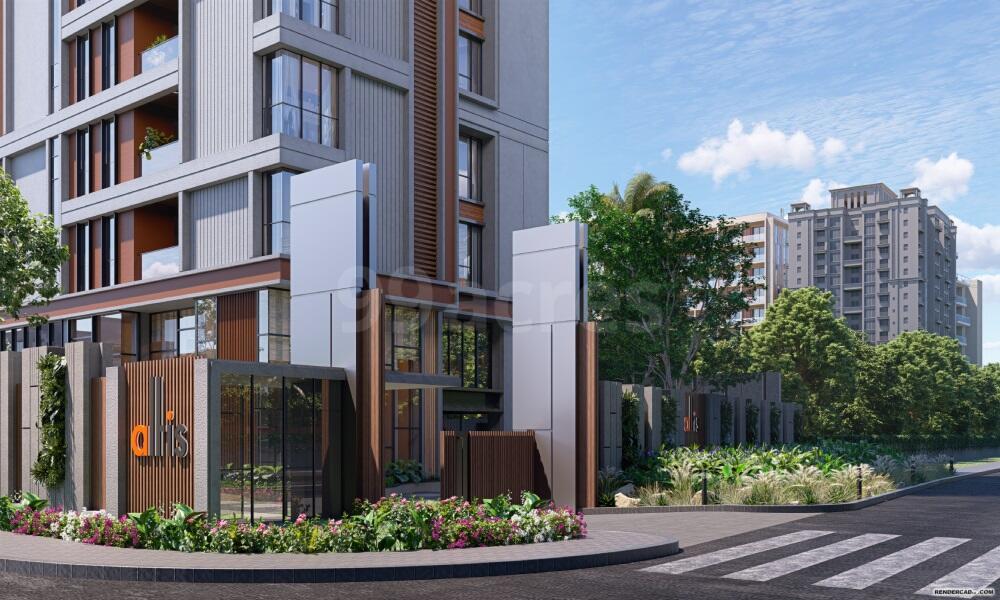
Evaluating lobby security adequacy in condominium buildings requires careful examination of multiple factors that create a secure entrance environment together. The lobby is the primary defence against unauthorised access and potential security threats when assessing a property’s safety measures. During a security assessment conducted at Promenade Peak Showflat, consultants identified several key indicators that help prospective buyers and current residents determine whether their lobby security meets modern standards. These evaluation criteria focus on visible security features and the underlying systems that support them.
Physical barriers
Adequate lobby security begins with appropriate physical barriers that control building access. Secure lobbies include properly functioning doors with commercial-grade locks and door closers that prevent doors from remaining open unattended. Entry vestibules with double-door systems create an additional security layer by preventing tailgating and unauthorised access during resident entry. This design feature forces visitors to be verified before accessing the main building areas. Building materials matter significantly in lobby security, with impact-resistant glass, reinforced door frames, and secure mail and package areas demonstrating attention to potential vulnerability points. These physical elements form the foundation of any comprehensive security approach.
Technological solutions
Modern lobby security relies heavily on integrated technology systems to monitor and control access. Effective systems include comprehensive video surveillance covering all entry points, elevator access areas, and package delivery zones. Access control systems should provide programmable credentials that can be quickly deactivated if lost or stolen. These systems generate entry logs that help management track access patterns and investigate incidents when necessary. Visitor management platforms integrate with intercom systems to verify guests through video confirmation before granting access. When applicable, this verification process should include clear communication between the visitor, resident, and security personnel.
Human elements
Security personnel and front desk staff contribute significantly to lobby security effectiveness:
- Training level and security certification
- Standard operating procedures for visitor verification
- Package acceptance and storage protocols
- Incident response preparation
- Communication equipment and procedures
- Shift coverage and supervision
- Documentation practices
The consistency of security coverage affects overall protection levels, with 24-hour staffing providing greater security than part-time coverage. Even when full-time staffing isn’t feasible, clear protocols must exist for unmanned periods. Professional appearance and attentiveness signal security effectiveness to both residents and potential intruders. Staff who remain engaged with their surroundings rather than distracted by phones or other tasks provide a more effective security presence.
Visitor management
How buildings handle various visitor types reveals much about overall security effectiveness. Delivery personnel, service providers, and social guests require appropriate verification procedures without creating unnecessary friction for residents. Temporary access solutions for legitimate short-term visitors should provide necessary access while maintaining security. This includes contractor badges, limited-access credentials, and proper escort policies for service providers. Guest registration systems should document who enters the building while respecting resident privacy. This balance between security and convenience indicates thoughtful planning rather than arbitrary restrictions.
Independent assessment provides an objective evaluation that internal reviews might miss. Third-party security professionals bring industry knowledge and comparative experience that helps contextualise security measures against current best practices. Measuring response times for various scenarios provides practical insight into security effectiveness beyond mere presence of systems or personnel. These practical tests reveal whether security exists primarily as deterrence or functions as active protection for the community.

